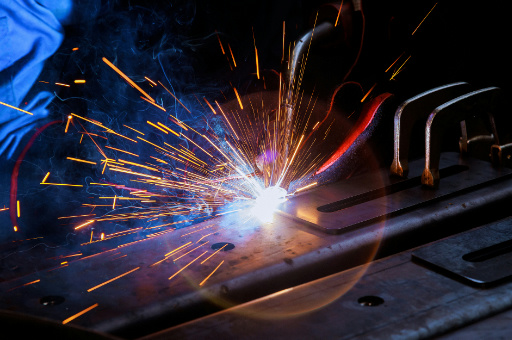
 Home > News
Home > NewsWelding stainless steel can be tricky, especially when it comes to carbide precipitation. This issue can mess with corrosion resistance and the overall strength of the welds. In these situations, using AISI 304L stainless steel balls can really make a difference compared to regular 304 stainless steel. So, what makes the low-carbon version, 304L, a better pick for welding?

AISI 304 stainless steel contains around 0.08% carbon, whereas 304L ("L" for low carbon) contains a maximum of 0.03% carbon. This seemingly small difference plays a crucial role in welding performance. During high-temperature welding, carbon in the steel tends to react with chromium, forming chromium carbide along the grain boundaries. This phenomenon, known as sensitization, depletes chromium in these areas, reducing the material’s corrosion resistance and making the weld more susceptible to intergranular corrosion.
Because 304L contains less carbon, there is less available carbon to bond with chromium, significantly reducing carbide precipitation. As a result, the material maintains its chromium-rich passive layer, ensuring excellent corrosion resistance even after welding.
Moreover, 304L stainless steel eliminates the need for post-weld heat treatments (such as solution annealing), which are often required for standard 304 stainless steel to restore its corrosion resistance. This not only reduces processing costs but also simplifies welding operations.
Apart from corrosion resistance, 304L offers superior weldability, making it ideal for applications requiring frequent or extensive welding. The lower carbon content also minimizes the risk of weld cracking and enhances the overall structural integrity of the welded joint.
Given these advantages, 304L stainless steel balls are widely used in industries where welding is a key requirement, such as:
Food and beverage processing – where corrosion resistance is critical
Pharmaceutical and medical equipment – requiring hygienic and durable components
Petrochemical and marine industries – exposed to harsh environments
Automotive and aerospace sectors – for welded structural components
When it comes to picking stainless steel balls for welding jobs, 304L stainless steel really shines as the best choice. Its lower carbon content means there’s less carbide buildup, which helps keep its corrosion resistance intact. This leads to stronger and longer-lasting welds without needing expensive post-weld treatments. For industries that value reliability and efficiency in their welding processes, 304L stainless steel balls are just what you need!
View More(Total0)Comment Lists